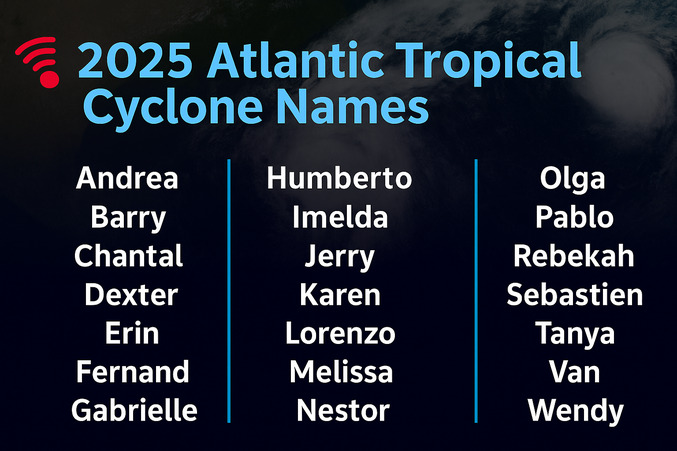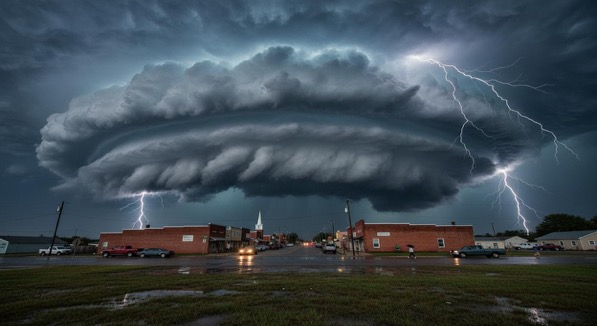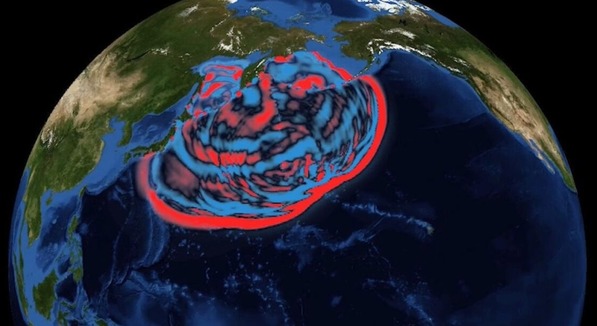The forecast calls for 13 to 19 named storms (with winds of 39 mph or higher). Of those, 6 to 10 could become hurricanes (winds of 74 mph or higher), including 3 to 5 major hurricanes rated Category 3 or higher (winds of 111 mph or more). NOAA stated it has 70% confidence in these ranges.

2025 Atlantic Hurricane Names: Andrea, Barry, Chantal, Dexter, Erin, Fernand, Gabrielle, Humberto, Imelda, Jerry, Karen, Lorenzo, Melissa, Nestor, Olga, Pablo, Rebekah, Sebastien, Tanya, Van, Wendy
“NOAA and the National Weather Service are using the most advanced weather models and cutting-edge hurricane tracking systems to provide Americans with real-time storm forecasts and warnings,” said Commerce Secretary Howard Lutnick. “With these models and forecasting tools, we have never been more prepared for hurricane season.”
This season’s above-normal outlook is driven by several contributing factors, including ENSO-neutral conditions, warmer-than-average Atlantic Ocean temperatures, and forecasts for weak wind shear. NOAA also highlights the potential for increased activity from the West African Monsoon, which can produce tropical waves that often grow into long-lived storms. In addition, high ocean heat content and reduced Atlantic trade winds are expected to provide favorable fuel and atmospheric conditions for hurricane development and intensification.
Acting NOAA Administrator Laura Grimm emphasized that hurricane threats extend well beyond coastal regions.
“As we witnessed last year with significant inland flooding from hurricanes Helene and Debby, the impacts of hurricanes can reach far beyond coastal communities,” said Grimm. “NOAA is critical for the delivery of early and accurate forecasts and warnings, and provides the scientific expertise needed to save lives and property.”
“In my 30 years at the National Weather Service, we’ve never had more advanced models and warning systems in place to monitor the weather,” said NOAA’s National Weather Service Director Ken Graham. “This outlook is a call to action: be prepared. Take proactive steps now to make a plan and gather supplies to ensure you’re ready before a storm threatens.”
For a deeper dive into the 2025 hurricane season forecast, listen to the WxWaves podcast episode, “2025 Hurricane Season Outlook“. The episode breaks down NOAA’s outlook, explains the science behind the predictions, and shares practical preparedness tips for individuals and communities.
For the latest forecasts and storm updates, visit iAlert.com.



